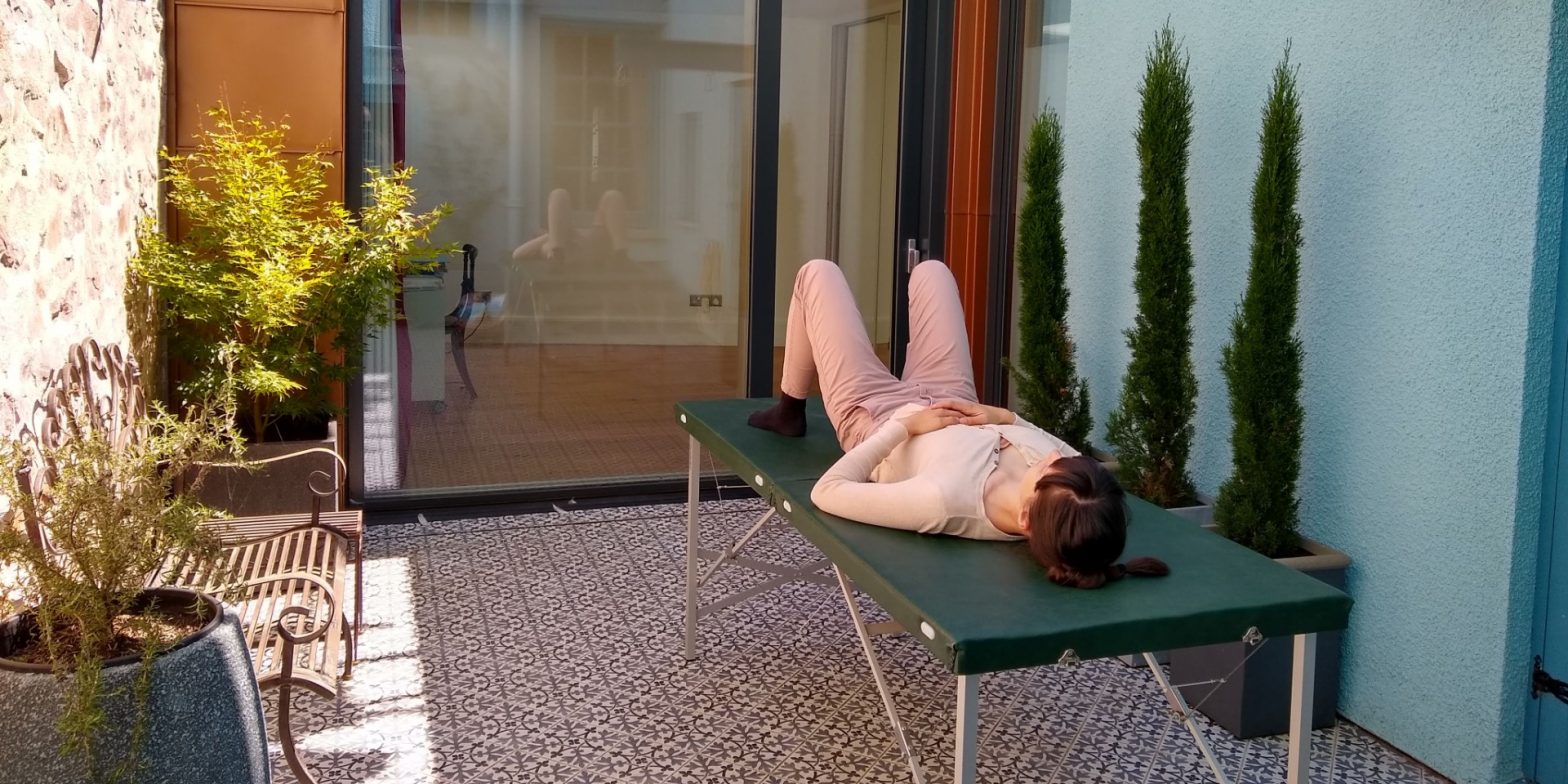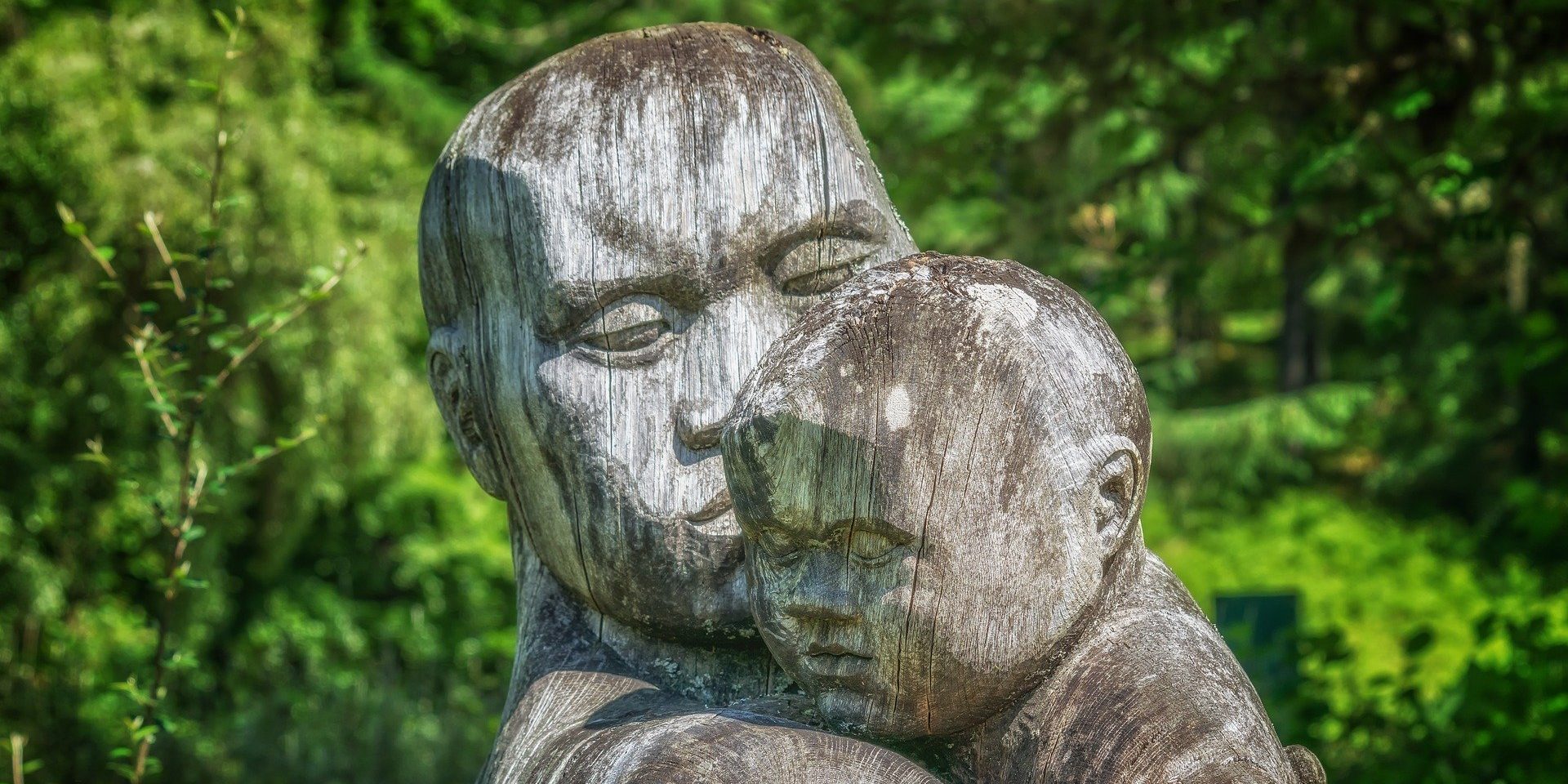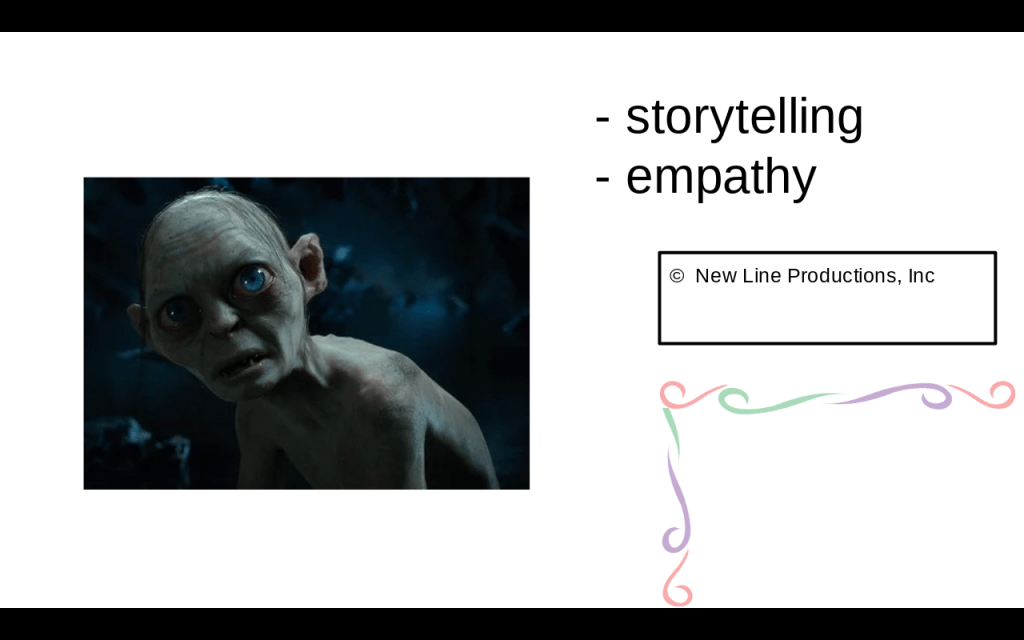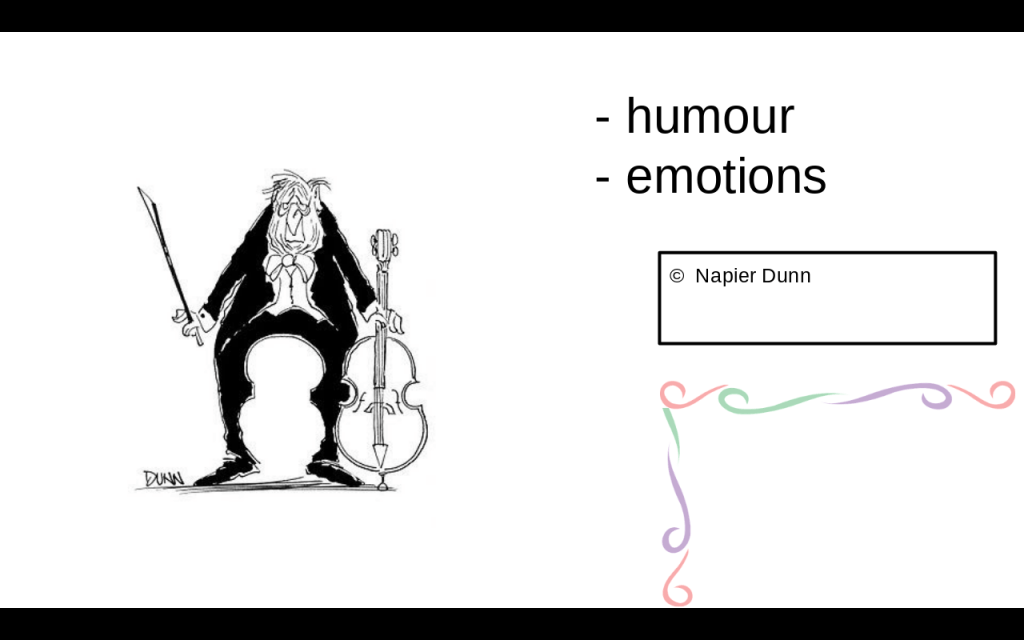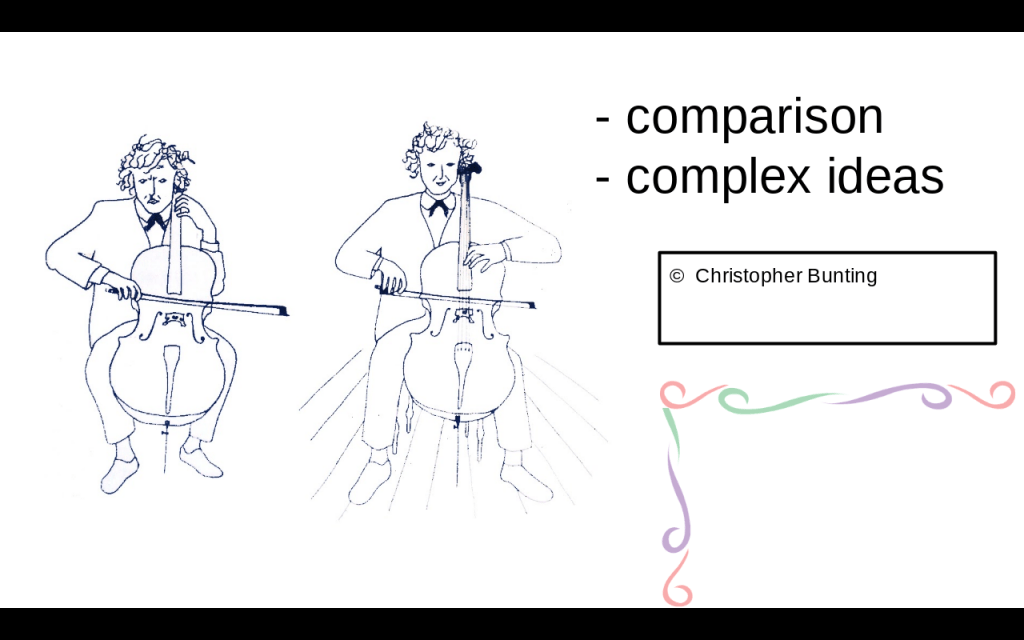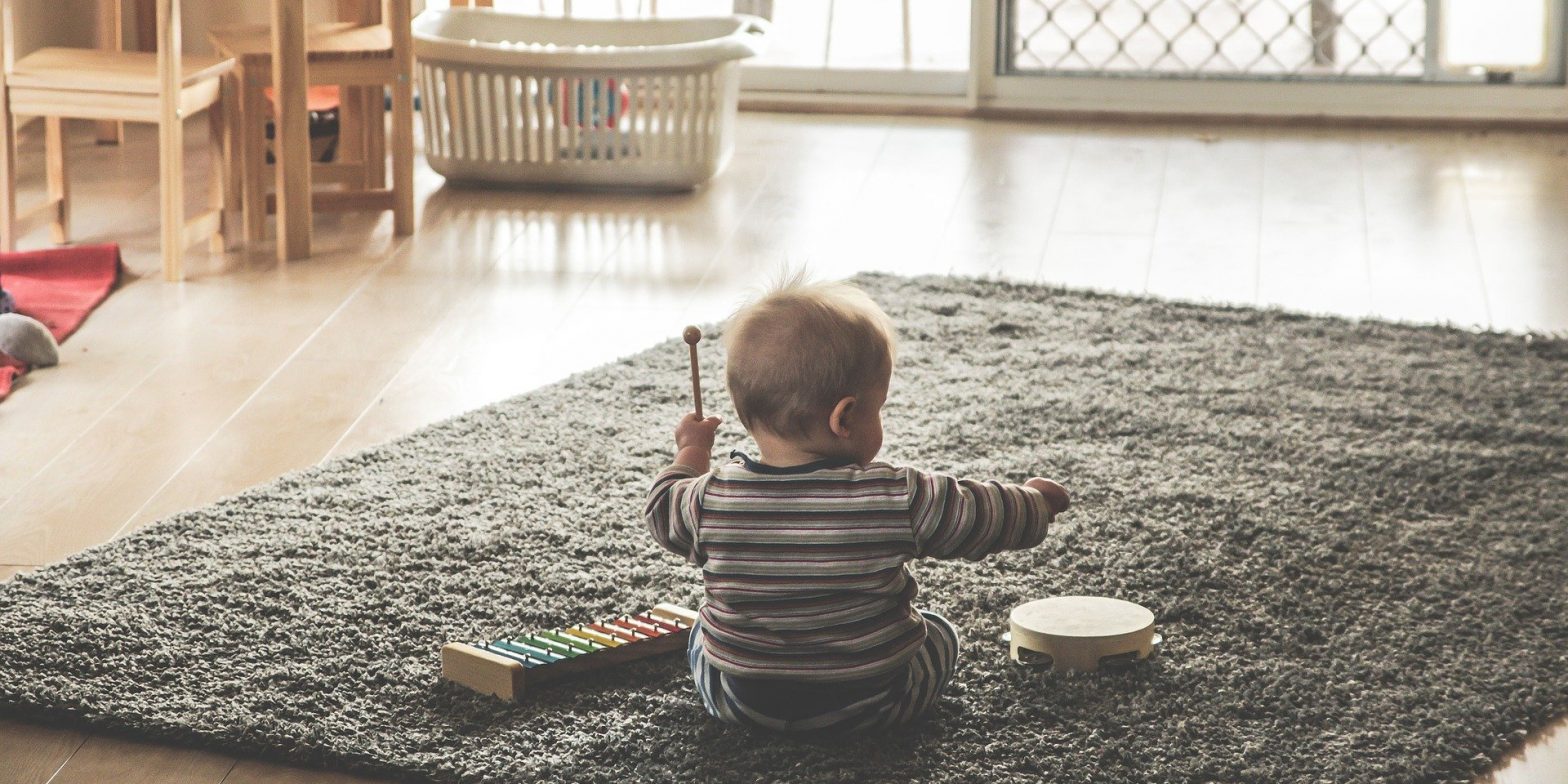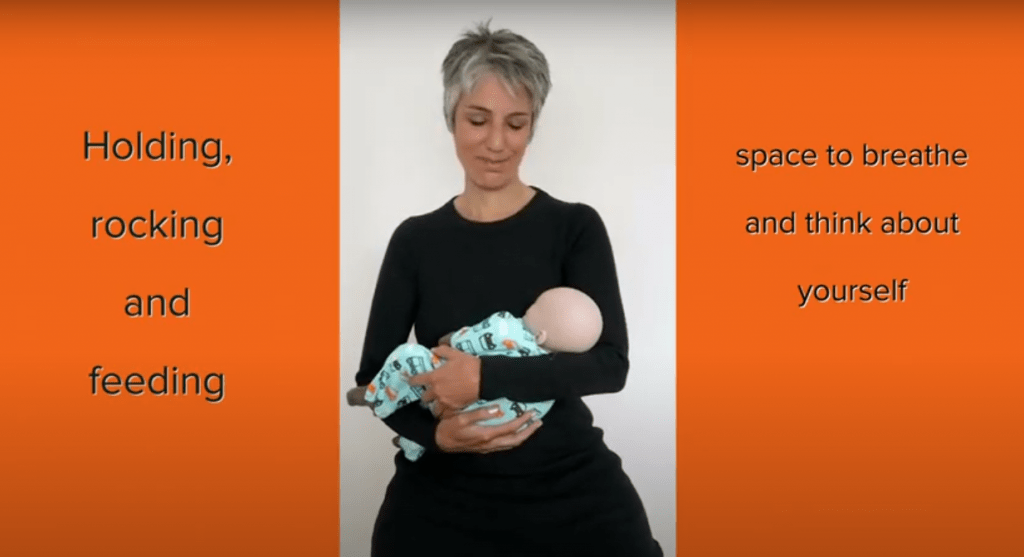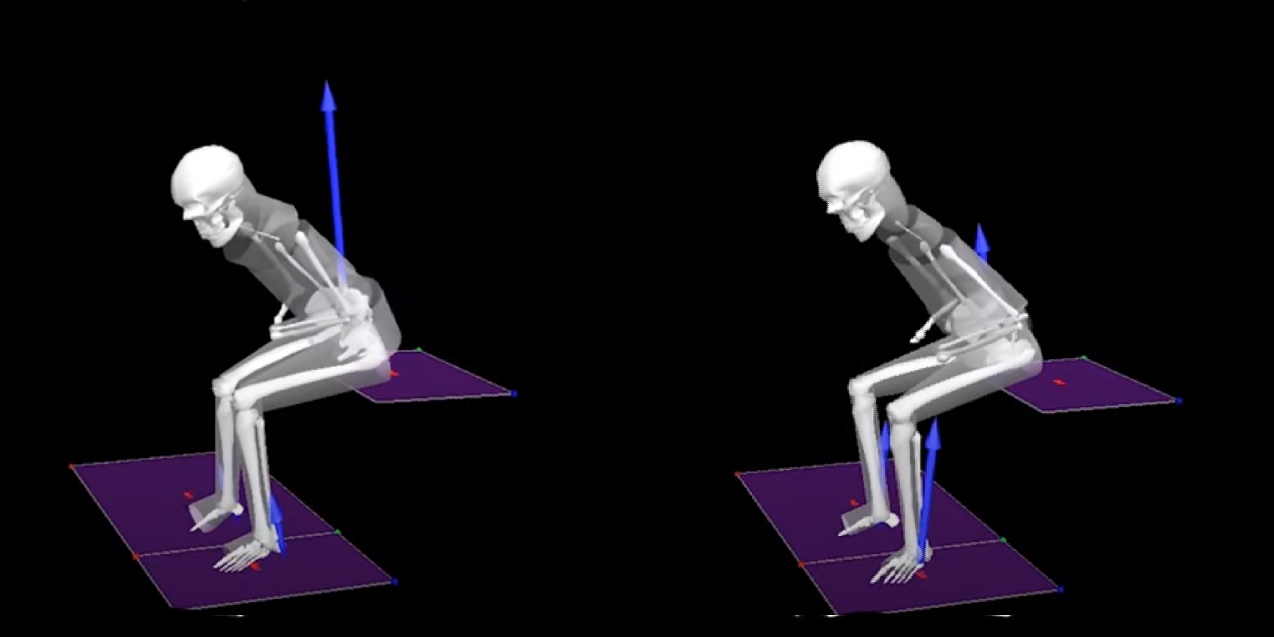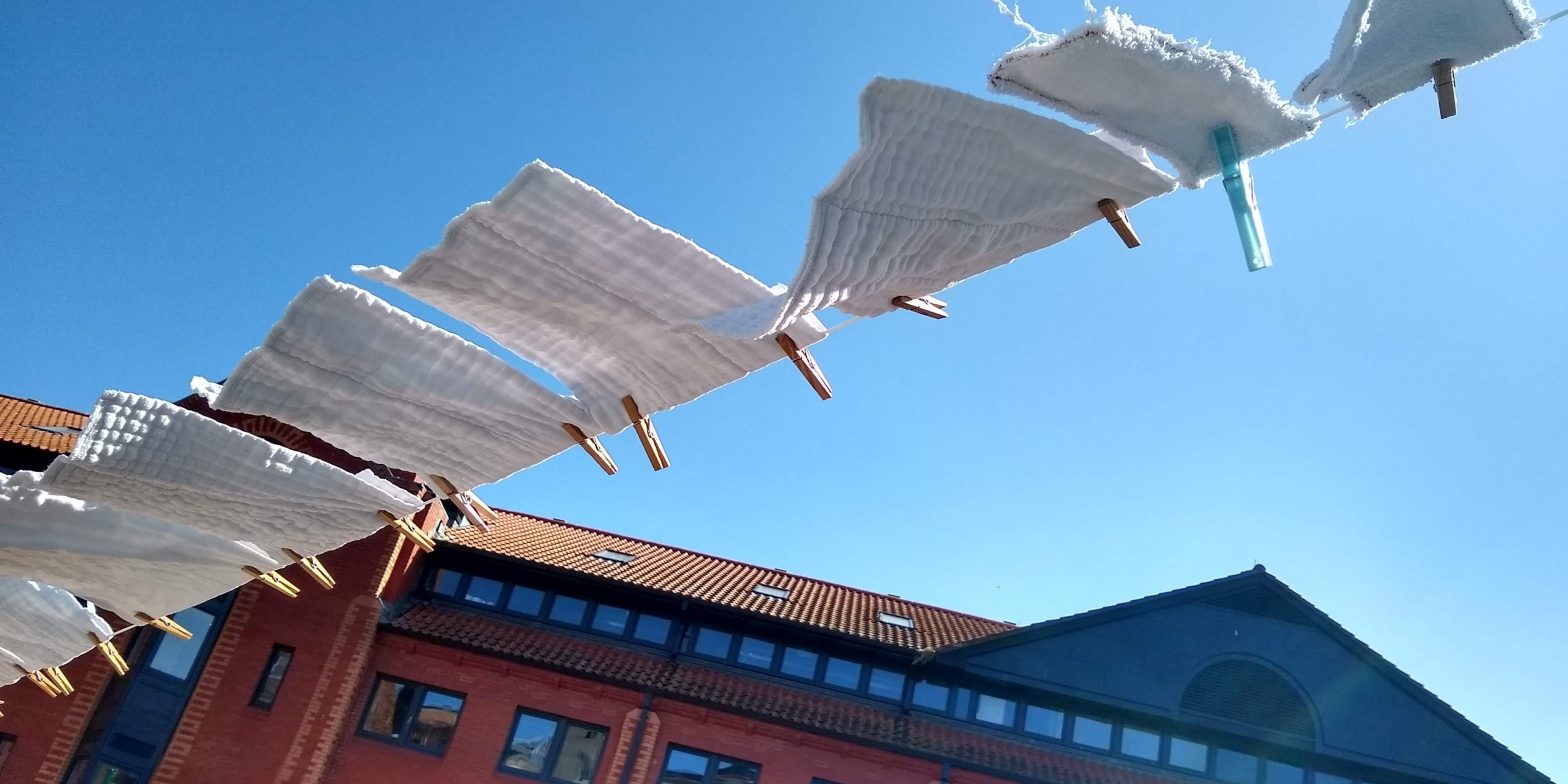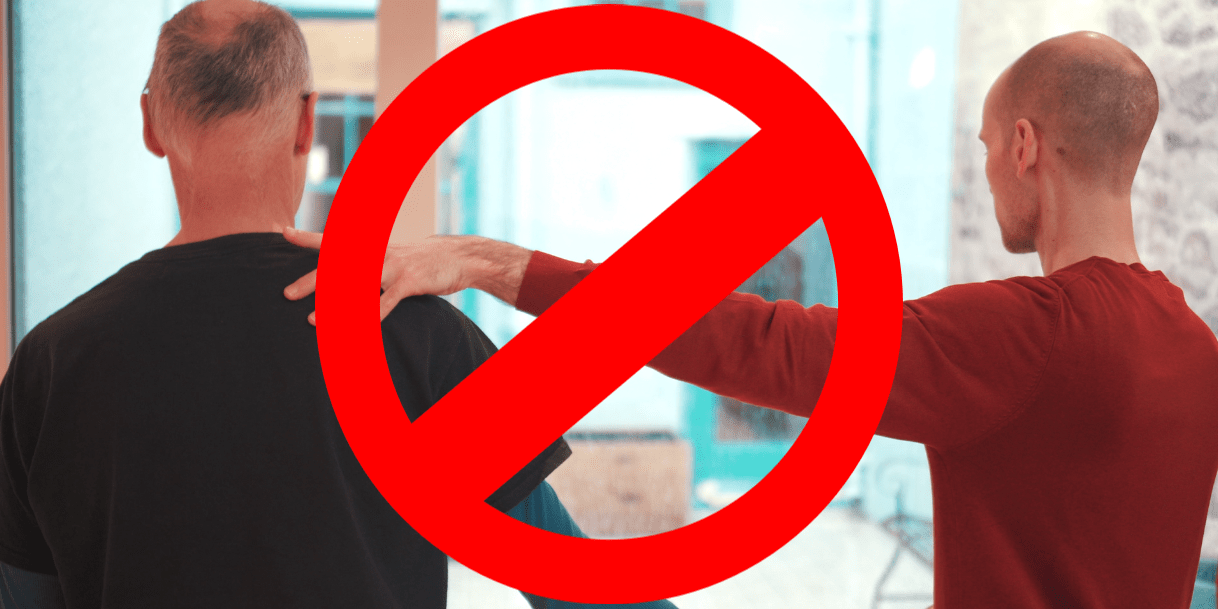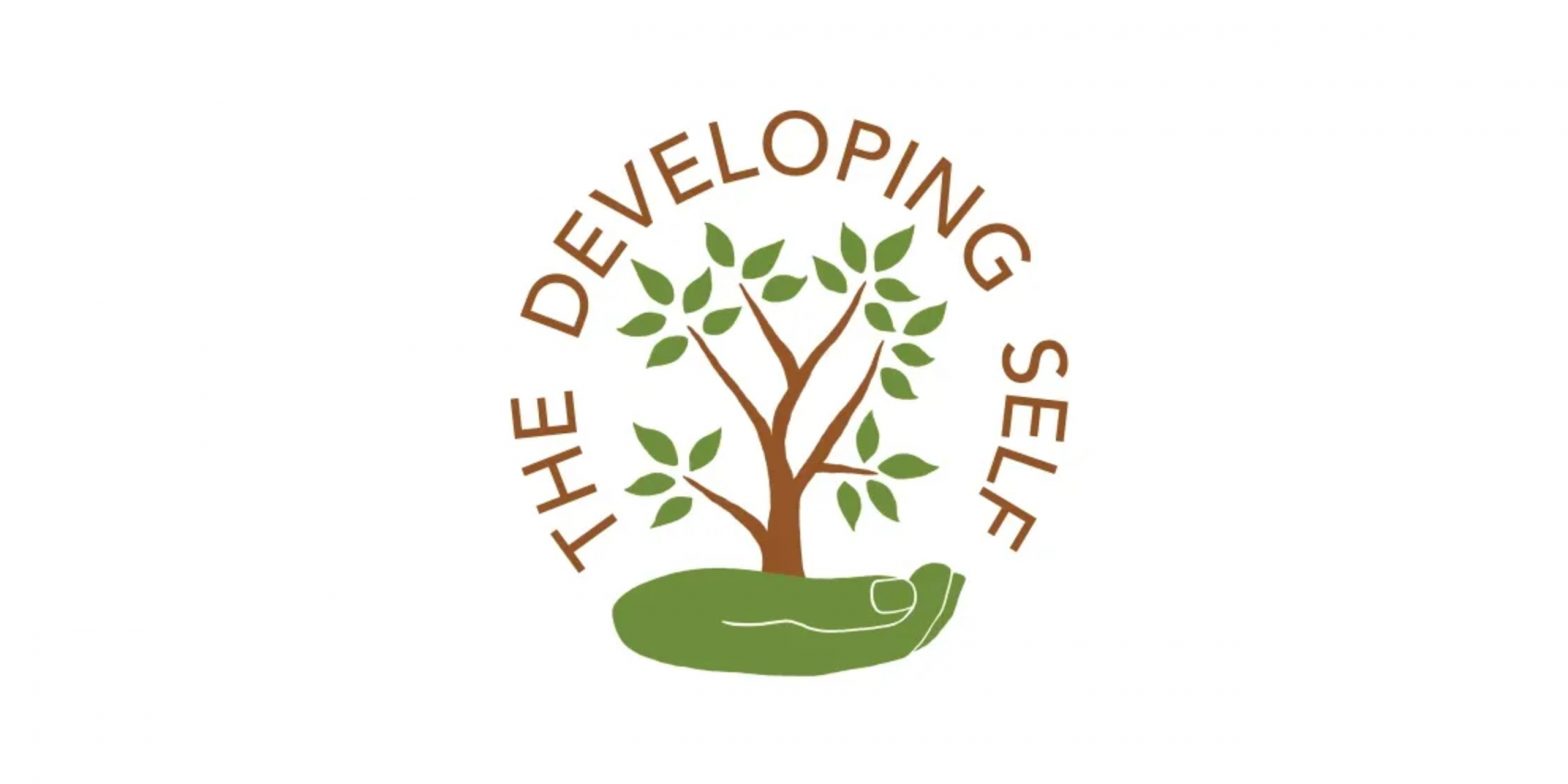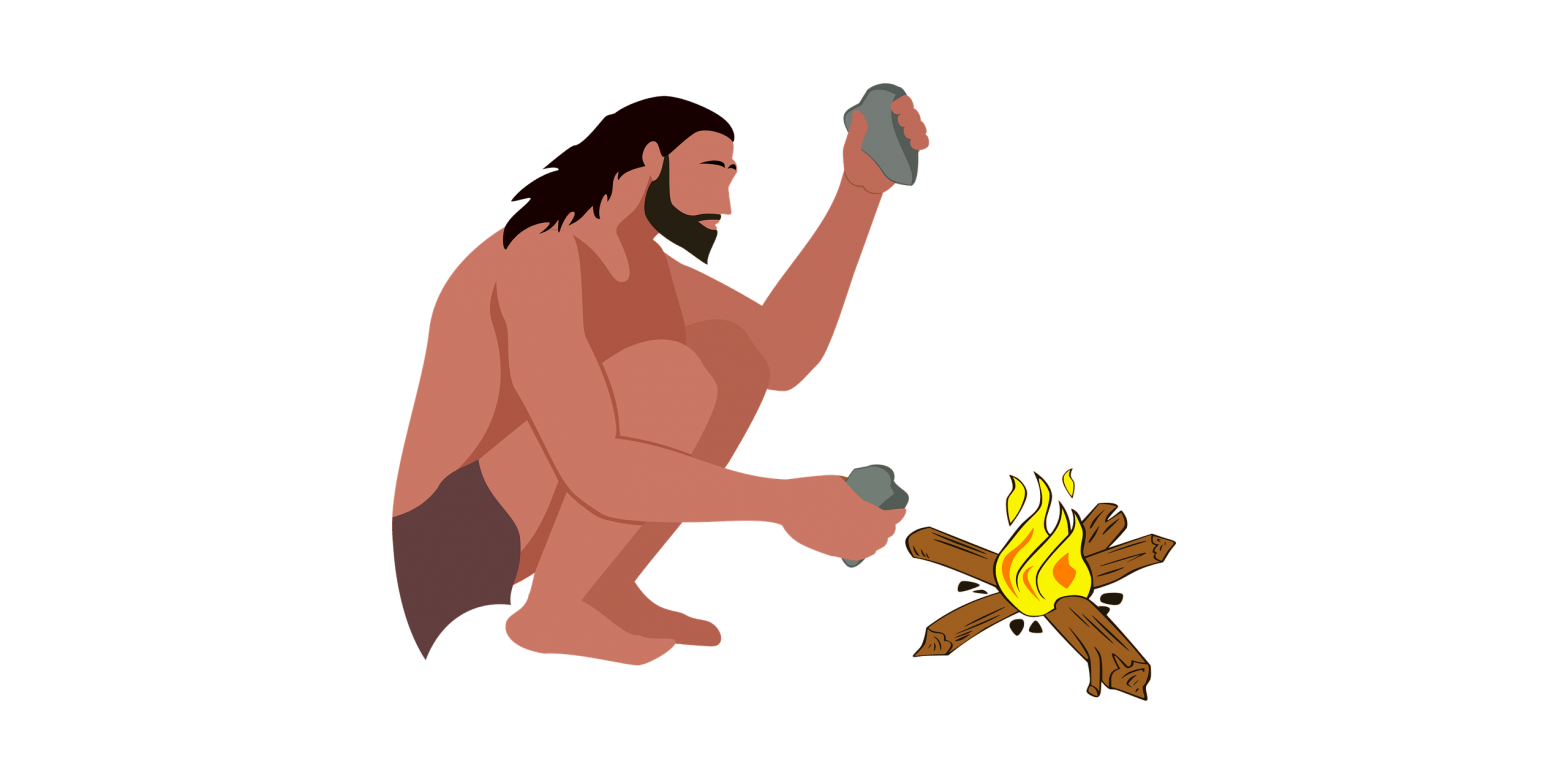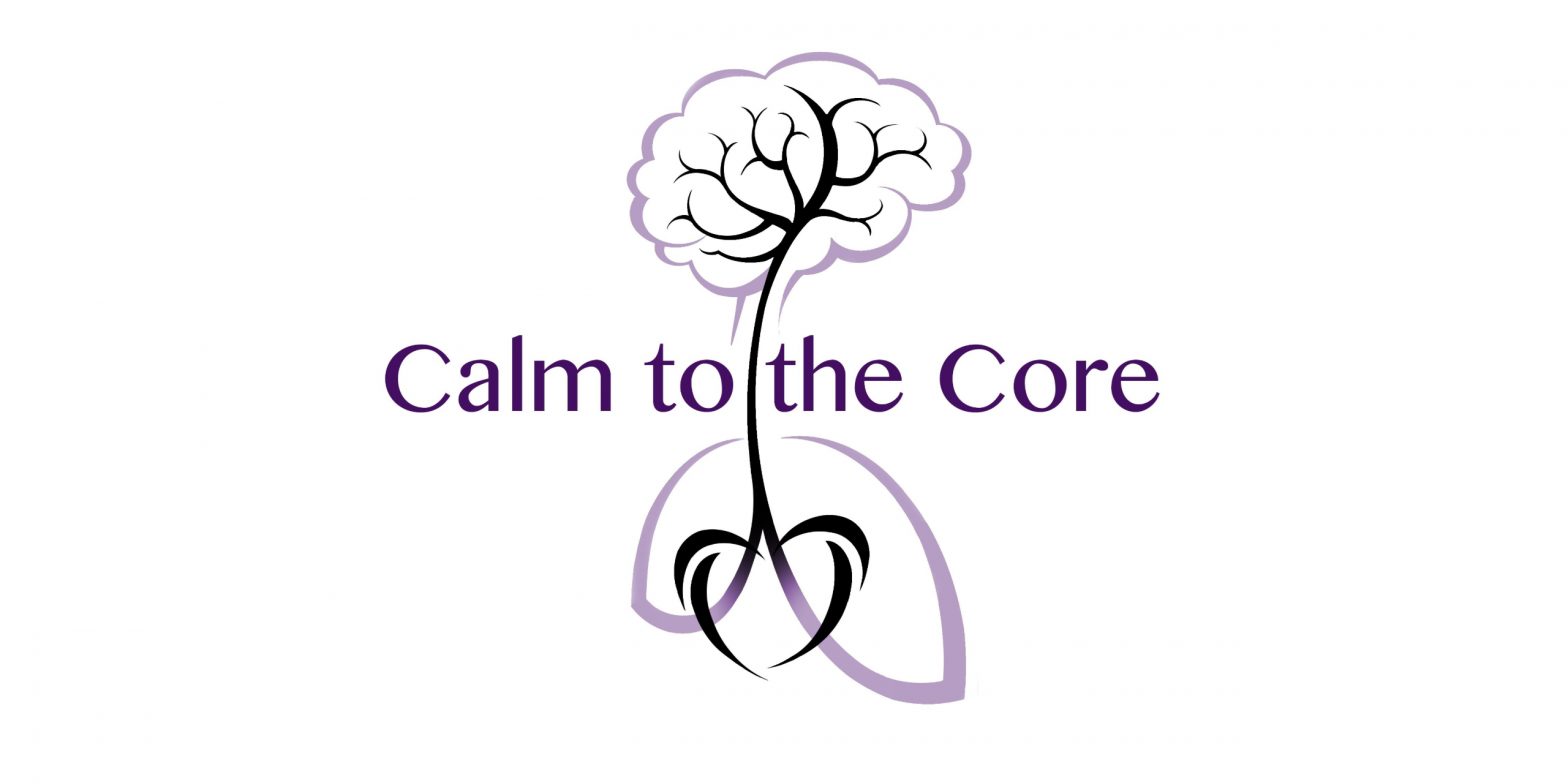Over the last month, there’s been quite a bit popping up in the press about happiness. ‘Trying to be happy could make you miserable’; ‘Brits became less happy amid Brexit deadlock’; ‘The money, job, marriage myth: are you happy yet?’ And so on.
My own view is that happiness can never be within our ‘grasp’: it’s too subtle for that. We can look at this conundrum another way, though. What if there was something we do a lot of the time that consistently adds to our misery? What if this harmful thing is mostly unconscious? Perhaps if we could only stop doing that… well, is it possible that something resembling happiness might turn up more frequently?
F M Alexander, the originator of the Alexander Technique, called this one malevolent thing ‘end-gaining’. Conceptualizing it is half the battle, so here goes:
End-gaining is an attitude where you’re obsessively focusing on a goal without working out how best to achieve it.
But why might understanding this concept be so important for our happiness? The reason is that the unconscious drip-drip-drip of end-gaining takes its toll on us in all sorts of ways: physically, emotionally, psychologically and spiritually.
To take just the first of these, one of Alexander’s greatest insights was that end-gaining is always accompanied by excess physical tension. End-gaining causes us to round our shoulders, crane our heads forward and over-contract, and in that way it diminishes us in a literal sense. This interference in our musculoskeletal system makes any physical task more difficult, and also makes us more susceptible to discomfort, pain or injury. Not only that, our ‘stature’ in the eyes of others is also reduced.
My job is to help students understand how negative physical, psychological, emotional and spiritual effects all follow as a result of end-gaining. I cover the subject in detail in one-to-one Alexander Technique lessons, and in the exclusive reading material I have created for my students.
In summary, focusing on a goal at the expense of your overall physical coordination and mental agility leads to an unhappy curtailing of your potential as a human being. Or, as the title of this blog states:
goals – context = misery
Finding a way to climb out of the holes that we’ve dug for ourselves is the point of the Alexander Technique. You can find out more about how it works here.

